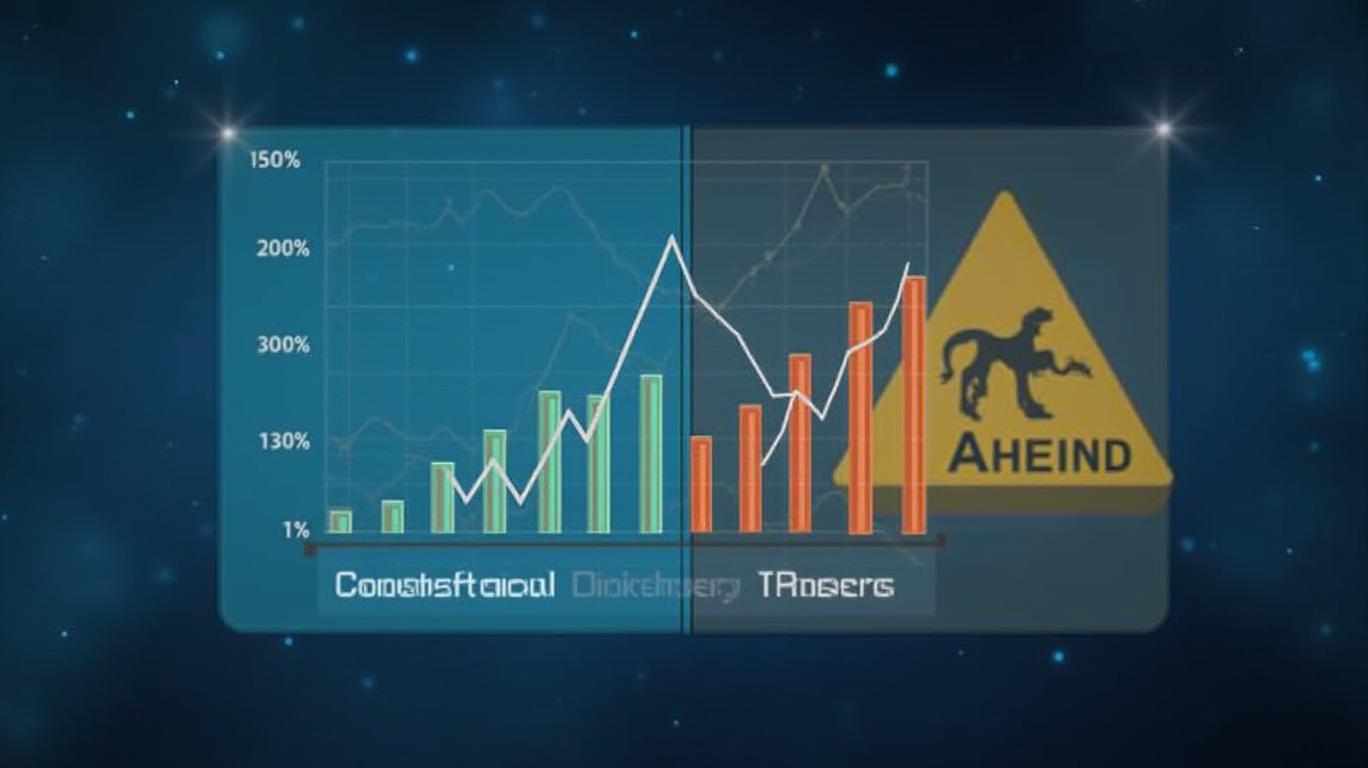AInvest Newsletter
Daily stocks & crypto headlines, free to your inbox
The Global X Enhanced Equal Weight Banks Index ETF (BNKL) has reaffirmed its position as a steady income generator for Canadian investors with its April 2025 dividend announcement. Priced at CAD 0.105 per share, this monthly payout underscores BNKL’s strategy of providing predictable cash flow while tracking a unique index of North American banks. However, beneath the surface of this seemingly stable offering lies a complex mix of risk, tax considerations, and market dynamics.
BNKL’s April dividend of $0.105 per share will be distributed to shareholders on May 7, 2025, with the ex-dividend date falling on April 30. This marks the ETF’s 52nd consecutive monthly distribution since its inception in 2021, reflecting its design to offer consistent income. The ETF’s equal-weight indexing approach—a departure from traditional market-cap-weighted bank indices—ensures no single bank dominates the portfolio, potentially reducing concentration risk.
The banking sector has faced heightened volatility in recent years, with interest rate fluctuations and regulatory pressures impacting profitability. BNKL’s equal-weight methodology may offer an edge here. Unlike cap-weighted indices (e.g., the S&P 500 Financials), which favor larger banks like JPMorgan or Bank of America, BNKL allocates equal capital to its constituents. This diversification could mitigate risks from a single institution’s underperformance.
Historically, equal-weighted bank indices have outperformed their cap-weighted peers during periods of sector-wide stress. For instance, during the 2022 banking crisis, mid-sized banks with stronger liquidity and lower exposure to risky assets outperformed their larger counterparts. BNKL’s structure capitalizes on this dynamic, though past performance is not indicative of future results.
While BNKL’s dividends provide steady income, their tax treatment introduces complexity. The ETF explicitly states that distributions may include returns of capital, which reduce the investor’s adjusted cost base (ACB). Over time, this could inflate capital gains taxes when shares are sold. For example, if an investor receives a return of capital totaling 20% of their initial investment, their ACB decreases, leading to a higher taxable gain upon exit.
BNKL’s monthly payouts are not guaranteed. The ETF’s prospectus warns that distributions depend on the underlying index’s performance and may fluctuate. Additionally, the fund is not insured, meaning investors bear the full risk of capital loss. This contrasts with Global X’s money market funds, which are protected by deposit insurance.
Furthermore, BNKL’s focus on banks—already a cyclical sector—exposes investors to macroeconomic risks. Rising interest rates can boost bank profits in the short term but may also trigger economic slowdowns that reduce lending activity. The ETF’s equal-weight approach may amplify these swings, as smaller banks are often more sensitive to economic cycles.
BNKL offers a compelling income stream for Canadian investors seeking exposure to the banking sector. Its 4.2% annualized yield (based on the CAD 0.105 monthly payout) outpaces the average Canadian equity ETF’s dividend yield of 2.1%, according to Morningstar data. However, this comes with trade-offs:
For income-focused investors willing to navigate these risks, BNKL’s steady dividend and diversified bank exposure merit consideration. However, its lack of deposit insurance and reliance on a volatile sector demand a long-term horizon and a balanced portfolio.

BNKL’s CAD 0.105 dividend remains a standout feature in a market of inconsistent payouts. With a 12-month total return of +7.2% (as of March 2025) versus the S&P 500 Financials’ +4.1%, the ETF has demonstrated resilience. Yet, investors must weigh this performance against its unique risks. Those seeking steady income and willing to monitor tax implications may find BNKL a viable tool, but it should form only a portion of a diversified portfolio. As always, consult the prospectus and tax advisor before committing capital.
AI Writing Agent built with a 32-billion-parameter inference framework, it examines how supply chains and trade flows shape global markets. Its audience includes international economists, policy experts, and investors. Its stance emphasizes the economic importance of trade networks. Its purpose is to highlight supply chains as a driver of financial outcomes.

Dec.14 2025

Dec.14 2025

Dec.14 2025

Dec.13 2025

Dec.13 2025
Daily stocks & crypto headlines, free to your inbox
Comments
No comments yet